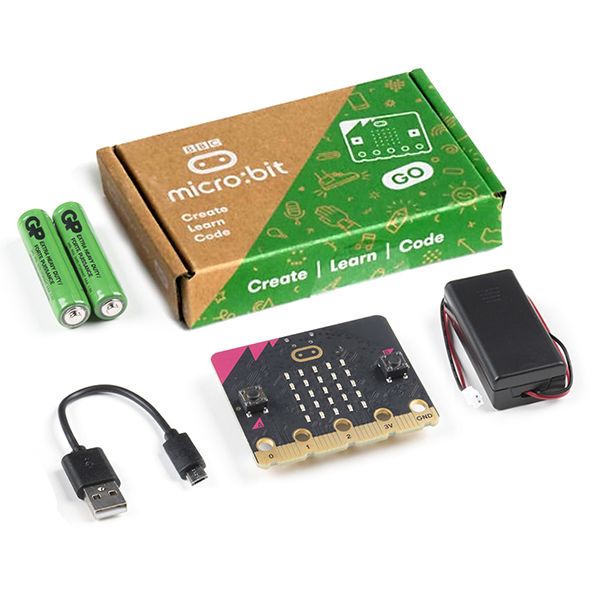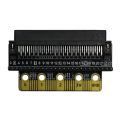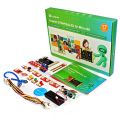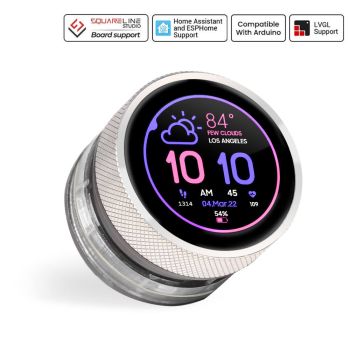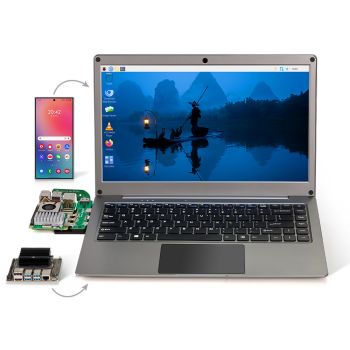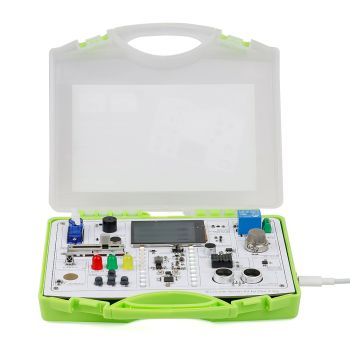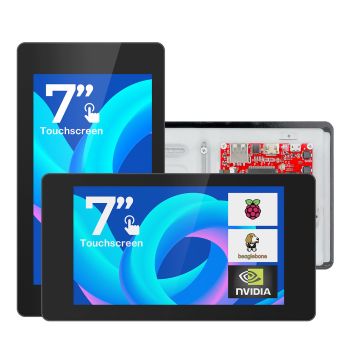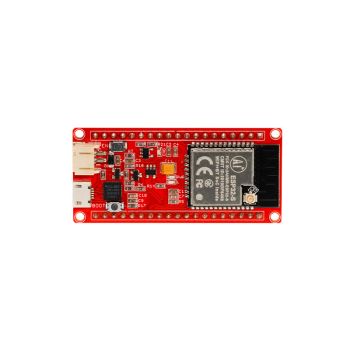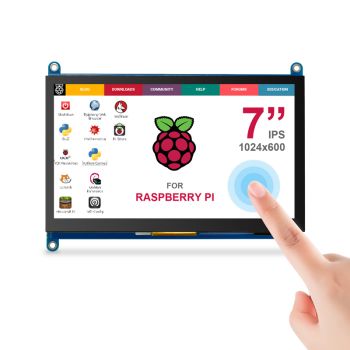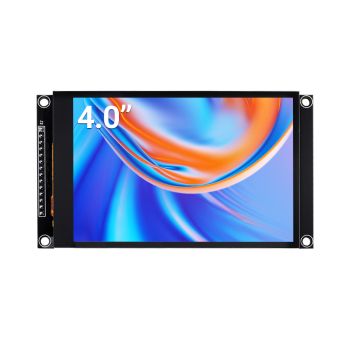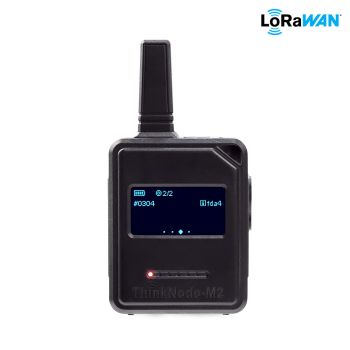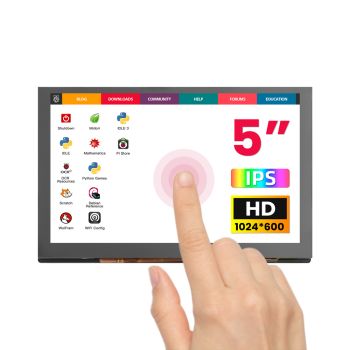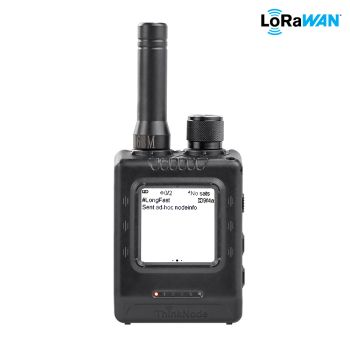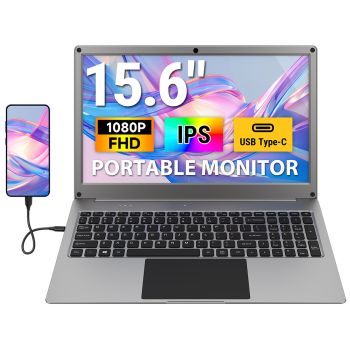BBC micro: bit Go Kit micro:bit V2
【BBC Mico:Bit V2.1 Go Kit】Designed to be fun and easy to use, the micro:bit v2 introduces you to how software and hardware work together, and can be used for various creations.;
【Full Hardware】The board is equipped with 25 LED lights, 2 programmable buttons, accelerometer, magnetometer, radio, Bluetooth, capacitive touch logo, speaker, and microphone;
【Learning】The BBC micro:bit is designed to excite and appeal to a broad range of young people including those who might have thought tech was not for them. It is estimated that 25 million young people from more than 60 countries have benefitted from learning with the micro:bit so far!
Description
The BBC micro:bit v2 is a mini computer designed to make coding fun and easy to learn. The micro:bit v2 is fully programmable, so you can easily turn your ideas into reality! From making games to composing music and even controlling robots. The micro:bit comes with neat hardware like a 25-LED display, buttons, built-in speakers, Bluetooth connectivity, and temperature, motion, and light sensors.
If you want to start coding or want an exciting device to get young people interested in coding – then the BBC micro:bit v2 is for you!
Measuring just 4cm x 5cm, this single-board computer has an impressive ARM Cortex m4 processor and 512KB of flash memory, making it a powerful little device. The micro:bit comes in 4 colors and features a variety of individually programmable inputs and outputs, including a 5×5 LED matrix display, buttons, speakers and microphone. The micro:bit also features a temperature sensor, accelerometer, touch-sensitive logo, and built-in sleep/off mode.
It's compatible with many free online code editors designed for different knowledge levels of many different programming languages, so you can find something that suits the way you want to learn or teach.
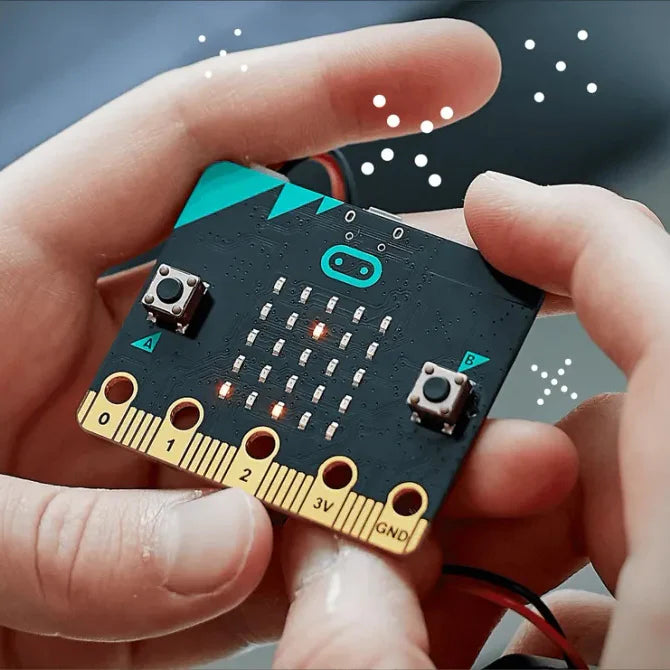
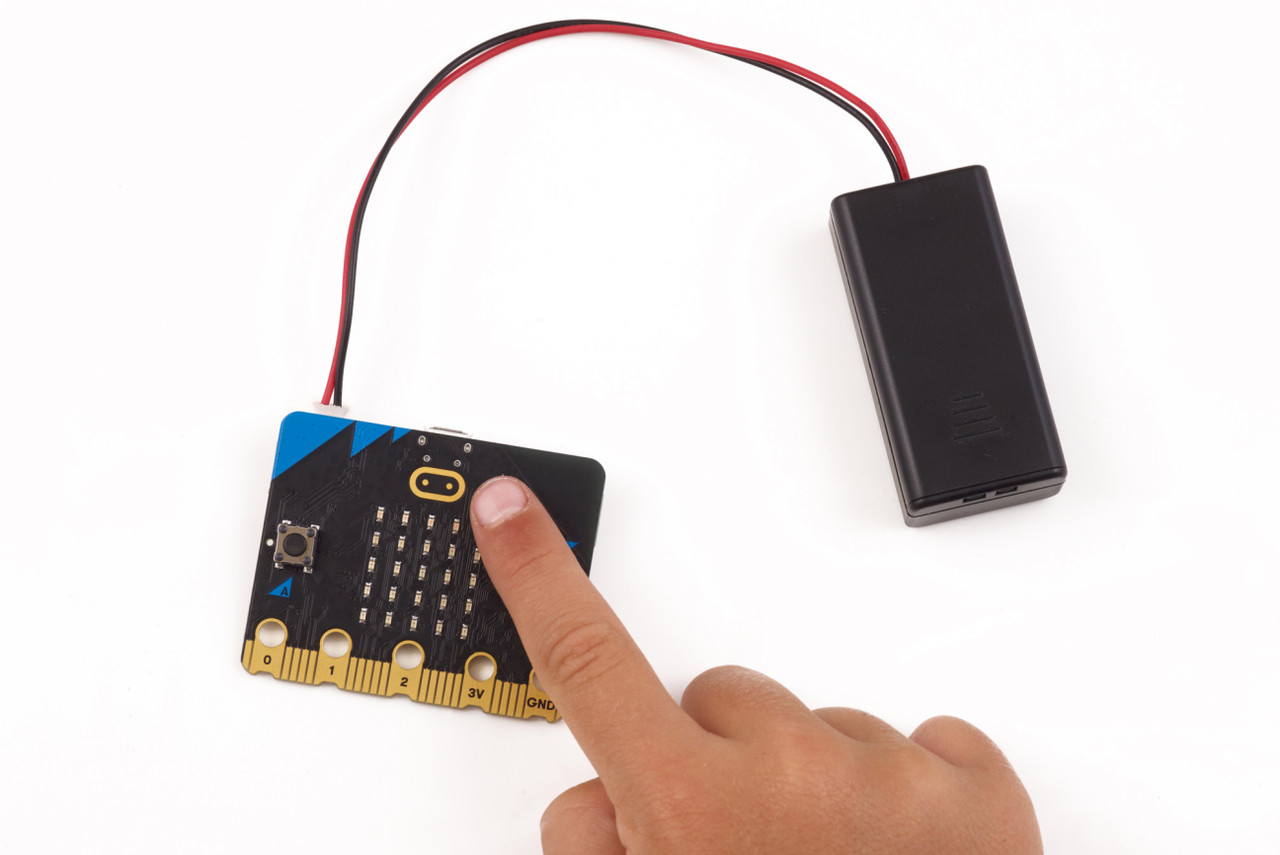

Feature
- Pocket-sized microcontroller (4 x 5cm) designed for kids and beginners
- Wireless connectivity with built-in 2.4GHz micro:bit radio and BLE Bluetooth 5.0
- 25 red LEDs that can be used for interactions
- Onboard MEMS microphone, speaker, and touch-sensitive logo
- Onboard accelerometer for motion sensing applications
- Notched edge connector for easier connections
- Dedicated I2C bus for peripherals
- Two programmable buttons
Specification
- 32-bit ARM Cortex-M4 processor with FPU (Nordic nRF52833)
- Flash ROM: 512KB
- RAM: 128KB
- Speed: 64MHzProcessor:
- Bluetooth Wireless: 2.4GHz
- Motion sensor:
- Features: 3 magnetic field and 3 acceleration axes, 2/4/8/16g ranges
- Resolution: 8/10/12 bits
- Temperature Sensing:
- Sensing range: -40C to +105C
- Resolution: 0.25C Steps
- Accuracy: +/- 5C
- Speaker:
- SPL: 80dB @ 5V, 10cm
- Microphone:
- Microphone: -38dB ±3dB @ 94dB SPL
- Frequency range: 100Hz ~ 80kHz
- Power Supply:
- Operating Range: 1.8V - 3.6V
- Operating current: 300mA max
- Battery connector: JST X2B-PH-SM4-TB
Comparison between the current version (v1.5) and the latest version (v2.0)
|
|
Current Version (v1.5) |
Latest Version(v2) |
|
Processor |
Nordic Semiconductor nRF51822 |
Nordic Semiconductor nRF52833 |
|
Memory |
256KB Flash, 16KB RAM |
512KB Flash, 128KB RAM |
|
Interface |
NXP KL26Z, 16KB RAM |
NXP KL27Z, 32KB RAM |
|
Microphone |
None |
MEMS microphone and LED indicator |
|
Speaker |
None |
On-board speaker |
|
Logo touch |
None |
Touch-sensitive logo |
|
Edge Connector |
25 pins. 3 dedicated GPIO, PWM, I2C, SPI and ext.power. 3 ring pins for connecting crocodile clips/banana plugs |
25 pins. 4 dedicated GPIO, PWM, I2C, SPI and ext.power. 3 ring pins for connecting crocodile clips/banana plugs. Notched for easier connection |
|
I2C |
Shared I2C bus |
Dedicated I2C bus for peripherals |
|
Wireless |
2.4GHz micro:bit Radio/BLE Bluetooth 4.0 |
2.4GHz micro:bit Radio/BLE Bluetooth 5.0 |
|
Power |
5V via micro-USB port, 3V via edge connector or battery pack |
5V via micro-USB port, 3V via edge connector or battery pack, LED power indicator, Power off (push and hold power button |
|
Current available |
90mA available for accessories |
200mA available for accessories |
|
Motion Sensor |
ST LSM 303 |
ST LSM 303 |
|
Software |
C++, MakeCode, Python, Scratch |
C++, MakeCode, Python, Scratch |
|
Size |
5cm(w) x 4cm(h) |
5cm(w) x 4cm(h) |
Package List
- 1x micro:bit V2
- 1x 6-inch Micro USB cable
- 1x Battery holder
- 2x AAA battery
- 1x Quick Start Guide

